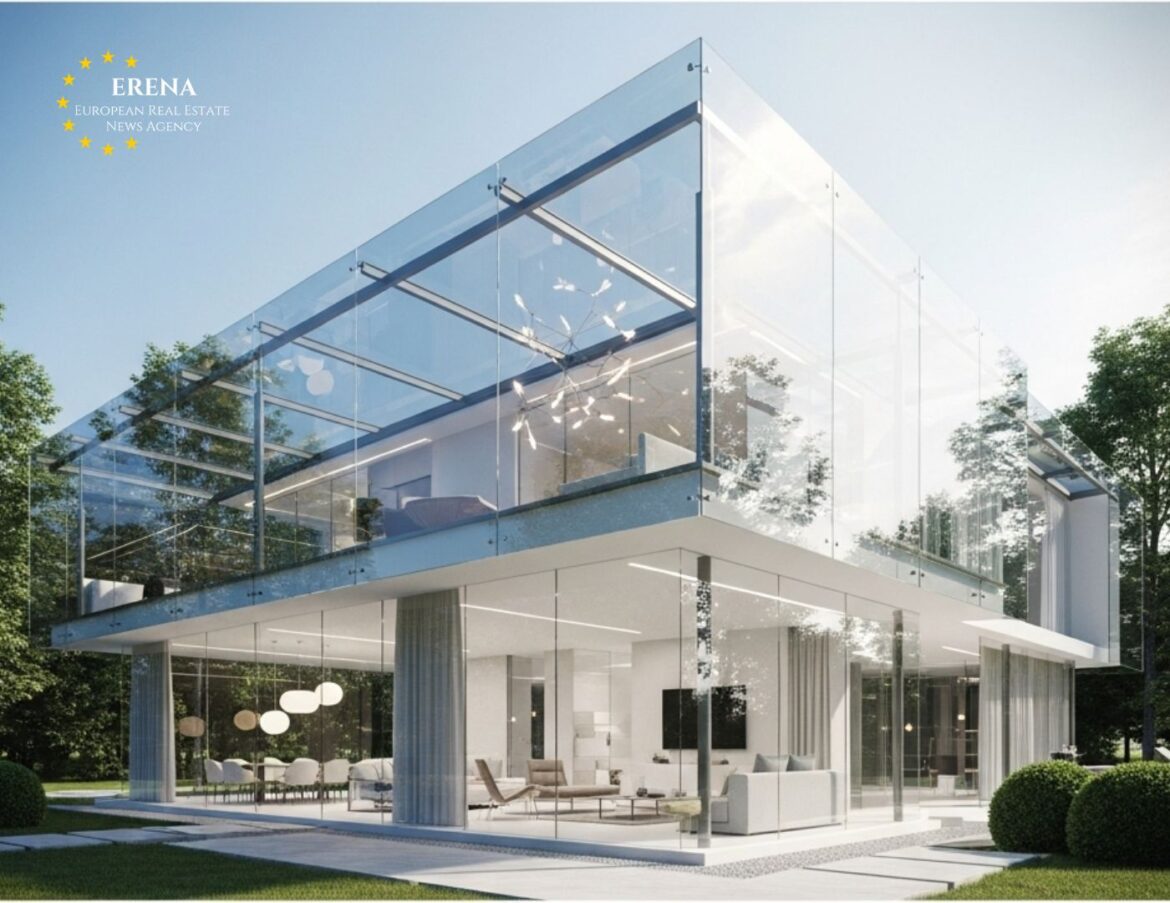Light architecture is not just a design trend—it’s a philosophy that transforms how we experience buildings. Transparent facades and roofs have become symbols of modernity, sustainability, and openness. They allow natural light to penetrate deeply into spaces, creating harmony between interiors and the surrounding environment. But how exactly does this technology function, and what are its practical benefits for architects, developers, and occupants?
Light as a Primary Building Material
Transparent structures—such as glass facades, translucent roofs, and polycarbonate panels—maximize the use of daylight. This reduces reliance on artificial lighting, improves indoor microclimates, and positively impacts mental well-being.
Jorn de Vries, an architect from Amsterdam, explains:
“Transparency in architecture is not only about aesthetics—it’s about function. Light is one of the most powerful tools we can work with.” According to him, light makes spaces come alive.
Types of Materials for Transparent Structures
Technological advancements have expanded the range of materials used in light architecture:
- Tempered glass — strong and safe, used for facades, balconies, and panoramic windows.
- Laminated glass (triplex) — offers soundproofing and enhanced safety.
- Polycarbonate — lightweight and durable with high light transmission, commonly used for roofs and canopies.
- ETFE membranes — a cutting-edge solution for stadiums and transportation hubs; lightweight, strong, and highly translucent.
Example: Lucerne Train Station Roof (Switzerland)
The modern train station in Lucerne features a transparent ETFE roof that floods the interior with daylight. This not only enhances comfort but also significantly reduces electricity consumption.
Energy Efficiency and Sustainability
Transparent facades combined with smart technologies (like dynamic glass that adjusts its transparency) enable precise control of sunlight and indoor temperature. This is crucial in offices and residential complexes where comfort directly influences productivity and well-being.
In Berlin, for instance, a residential project completed in 2024 features transparent, energy-efficient glazing. The glass changes its transmission based on sunlight intensity, reducing air-conditioning costs by up to 30%.
Light Architecture in Public Buildings
Transparency is increasingly applied in public-use buildings such as airports, museums, shopping centers, and schools. It creates a sense of openness and trust and makes spaces feel less oppressive.
In 2025, a school in Copenhagen was completed with a fully transparent facade, allowing the learning process to be visible from the outside.
School director Laura Johansen said:
“Such spaces create a sense of responsibility and openness between teacher and student.”
Transparent Roofs in Residential Design
In residential buildings, transparent roofs are often used in conservatories, terraces, attics, or central atriums. This is especially beneficial in regions with limited sunlight during winter months. Natural light penetrates deep into the structure, reducing seasonal affective disorders, enhancing comfort, and improving energy efficiency.
In Oslo, for example, the architectural firm Nordic Light Design designed a housing complex where each unit includes a private glass canopy over its terrace. According to the firm’s spokesperson, this design boosted the market appeal and enabled a 12% price premium compared to similar developments without such features.
Challenges and Limitations
Despite its advantages, transparent architecture comes with challenges:
- Overheating in summer — can be mitigated with solar control films or blinds.
- Privacy concerns — require thoughtful zoning or added elements like louvered screens or semi-transparent panels.
- Higher construction costs — while advanced materials are more expensive than traditional ones, these costs are often offset by long-term energy savings and increased property value.
Anton Müller, a structural engineer from Vienna, notes:
“Yes, glass facade construction costs more upfront, but when you consider the building’s full life cycle, it’s an investment that pays off.”
The Psychology of Transparency
Transparent architecture deeply influences how people perceive space. Light makes interiors feel more open, airy, and safe. People feel freer in spaces where the barrier between them and the outdoors is glass, not concrete.
Katharina Stolz, an architectural psychologist from Munich, observes:
“Transparency increases feelings of trust and comfort. We associate light with safety, and enclosure with anxiety. This is especially crucial in schools and healthcare environments.”
Successful Examples in Europe
- Milan Stock Exchange: the building features a fully glazed roof with photochromic elements that regulate light and heat.
- City of Arts and Sciences in Valencia: the museum’s semi-transparent roof and facades create a floating, futuristic effect.
- Siemens Office in Prague: the glass facade includes thermal-sensitive coatings that balance light and internal temperature.
Financial Advantages for Investors
Transparent buildings are easier to sell or lease thanks to their striking first impression. Moreover, they align with green building standards and receive high ratings from certifications like BREEAM and LEED, increasing their market value.
In Paris, for example, a panoramic glass office in La Défense sold in 2024 at 18% above the average market price due to its unique facade and strong environmental credentials.
Conclusion
Transparent facades and roofs represent more than a trend—they signal a new phase in architectural evolution. These elements support sustainability, energy efficiency, and psychological well-being. While the initial investment may be higher, the long-term returns in terms of savings, comfort, and market value are significant. Light architecture is the architecture of the future—where light is the core design element, and transparency becomes a new form of freedom.

